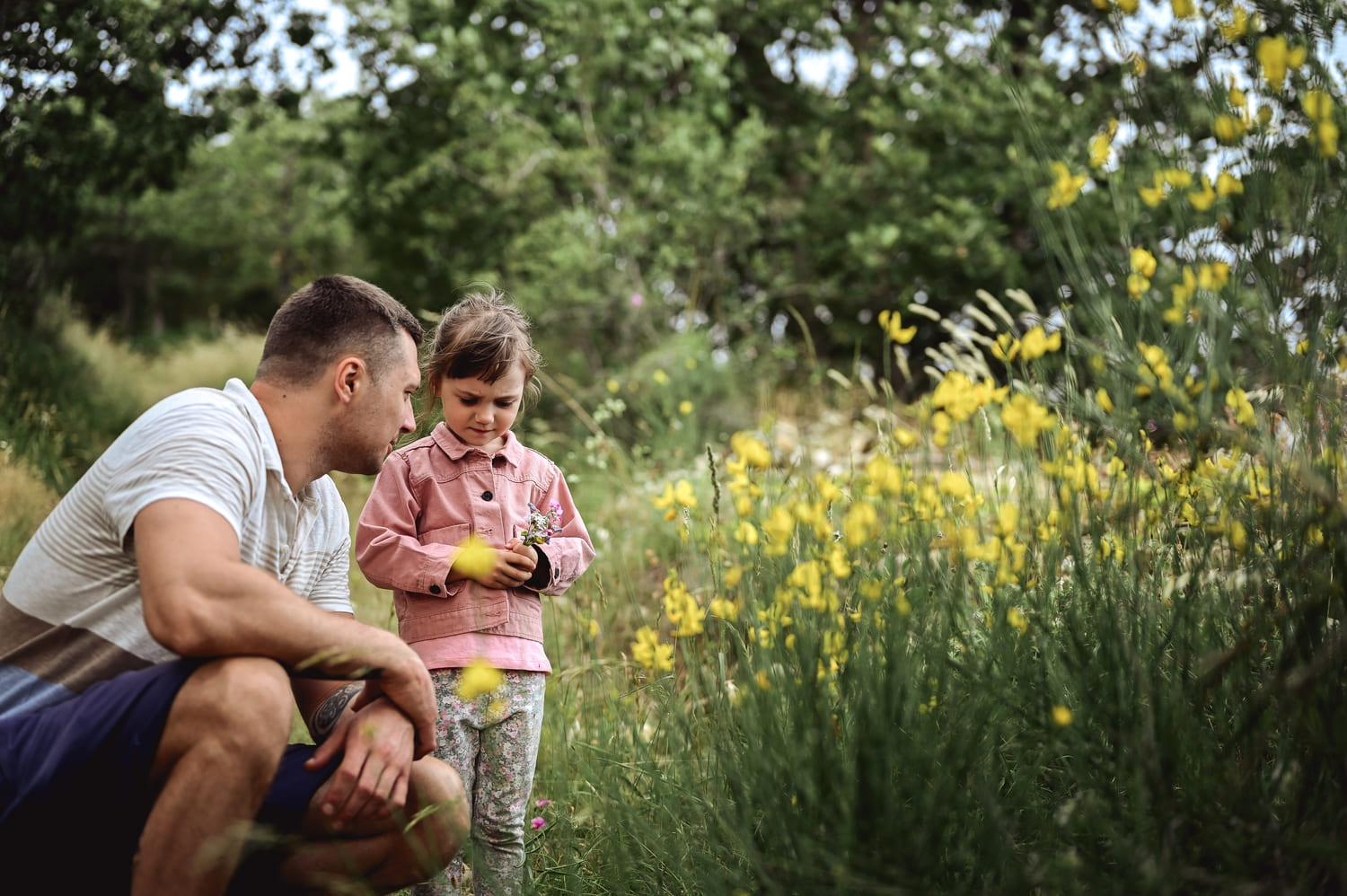All About Negative Reinforcement Under Operant Conditioning

They always say, “practice makes perfect.” But what if you’re practicing the wrong things? Or what if you’re practicing in a counter-productive way? And this is where Negative Reinforcement comes in.
But before learning more about the Negative Reinforcement definition & its examples, let’s first go over operant conditioning to make the Negative Reinforcement term easy to understand.
Operant Conditioning
Operant conditioning, also known as instrumental conditioning, is a mode of learning in which humans & animals learn to act to earn rewards & avoid punishments. In other words, it’s a way of manipulating one’s behavior through positive & Negative Reinforcement.
Note:- In operant conditioning, negative reinforcement is a powerful tool to get desired behaviors.
Now that we know what operant conditioning is, we’re going to talk about one specific form of operant conditioning: negative reinforcement. We’ll explore what it is, how it works & some examples of how negative reinforcement can be used in everyday life.
Are you ready to learn all about this powerful tool? Let’s get started!
What Is Negative Reinforcement?
In operant conditioning, negative reinforcement strengthens a behavior by removing unpleasant or adverse circumstances. In other words, it’s a way to motivate someone to do a particular thing by eliminating something that is not good. With time, the target behavior should increase, anticipating that the undesirable outcomes will not be repeated.
This can be anything from taking away a student’s privileges for bad behavior in school to rewarding them with a treat when they do something good. It’s a powerful tool that can be used to shape positive behaviors, but it’s essential to use it correctly!
Taking antacid before you indulge in a spicy meal is one of the best examples of negative reinforcement. You engage in an action to avoid a negative result.
Let’s take a closer look at how negative reinforcement works & some of the best ways to put it into practice.
How Does Negative Reinforcement Work?
Negative reinforcement works by encouraging certain behaviors & removing the unpleasant consequences. It helps to build the behavior that came before it by reinforcing it. This technique is used by most people to teach children beneficial behavioral patterns.
For example, if you’re trying to potty train your child, you might use Negative Reinforcement by taking away their diaper when they use the potty. With time, they’ll learn that going to the potty will result in the removal of their diaper & they’ll be more likely to do it.
It’s important to note that Negative Reinforcement should not be confused with punishment. Punishment is when a disliked circumstance is added after a behavior occurs.
For example, if you spank your child after they hit their sibling, that would be punishment. Negative reinforcement, on the other hand, removes a disliked circumstance BEFORE the behavior occurs.
Now that we know how Negative Reinforcement works let’s look at some Negative Reinforcement Examples.
Negative Reinforcement Examples
Looking at real-world instances may help you better understand negative reinforcement & how it works. Consider the following situations:
- You leave early (the behavior) to avoid being caught in traffic & missing your workplace(removal of an unpleasant situation).
- A student studying for an exam is allowed to take a break after every 20 minutes of focusing on their studies.
- A dog is given a treat when it sits on command.
- A mother gives her child a toy to play with after they finish their dinner.
- A father takes his son to the park after he finishes his homework.
- A worker is given a raise after completing a challenging project.
In all these examples, Negative Reinforcement is used to help someone complete a task or behave in a certain way. A pleasant consequence is given after the desired behavior is displayed, which helps to increase the likelihood of that behavior being repeated in the future.
Reinforce Good Behaviour With Theracare Pediatric Services
That’s all there is to it! We hope you now understand better how these principles work & some examples of how they can be applied. If you’re looking for more information on Negative Reinforcement or want to put these concepts into practice, contact Theracare Pediatric Services.
With over 35 years of experience in the field, we’re experts in helping you learn new behaviors & unlearn unwanted ones. Let us help you get started with negative reinforcement today!





